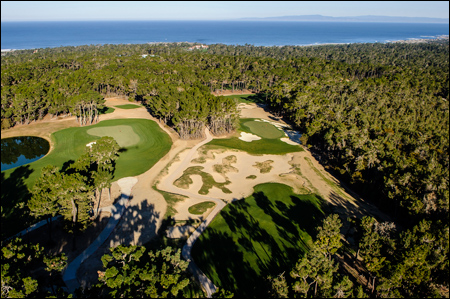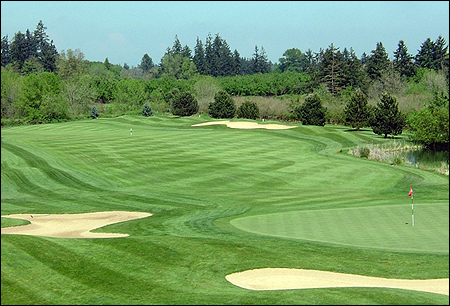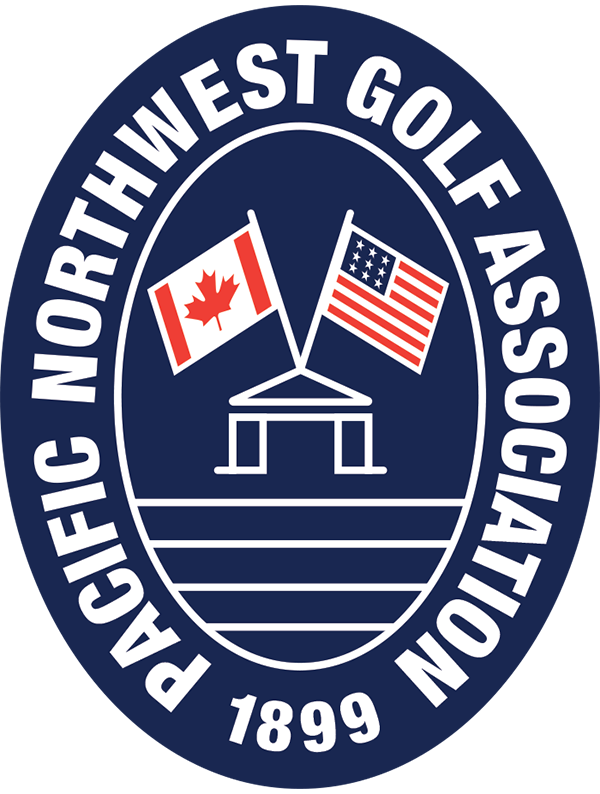Association-owned golf courses continue to fulfill their mission
by Blaine Newnham
Regional golf associations own golf courses to give members a place to play, practice and compete. They often offer better daily fee rates and always a sense of ownership.
While associations in Washington and Oregon each own and operate a course – The Home Course in Washington and the OGA Golf Course in Oregon – you can imagine that the Northern California association, with 150,000 members, would do things on a larger scale.
It is the only association to have two courses, each designed by one of the Jones brothers – one, Poppy Hills, designed by Robert Trent Jones Jr., in the pricey pines and dunes of Monterey; and the other, Poppy Ridge, designed by Rees Jones, amongst tawny hills and contrasting vineyards of the East Bay’s Livermore Valley.

Poppy Hills in Monterey was at one time a third course in the PGA Tour’s AT&T National Pro-Am rota, joining Pebble Beach and Spyglass Hill, the latter designed by Robert Trent Jones Sr., father of Bobby and Rees.
The renovation (completed in 2014) of Poppy Hills has some of the links look and play of Chambers Bay, another Bob Jones creation. It is a lovely layout, more involved with the native landscape than the initial course. A five-inch layer of sand, laid down during the renovation, gives it better irrigation and drainage for fast, firm play.
To give an idea of the savings for NCGA members, the weekday rate at Poppy Hills is $72. The rate for non-members is $225, which, of course, is more in line with what you pay for the courses in the Monterey area.

Meanwhile, to the north, Rees Jones, the brother best known as the “Open Doctor” for his changes to U.S. Open courses, was doing Poppy Ridge on the tumbling foothills shared with vineyards. He did 27 holes – nines named Merlot, Chardonnay and Zinfandel – with bunkers and different shades of grasses to give it definition in a treeless landscape.
Poppy Ridge charges roughly $60 a round for members, and $67 for non-members. Both figures include cart rental. The design and terrain make it almost impossible to walk, although there is a saving if you should walk.
As far as the Northwest goes, The Home Course – cooperatively owned and operated by the Pacific Northwest Golf Association and Washington State Golf Association – was the companion course for Chambers Bay in hosting the 2010 U.S. Amateur, as well as being the site of the final U. S. Women’s Amateur Public Links Championship in 2014.

All for a green fee of approximately $40. It is walkable and it seems appropriate that the money available was spent on the course and not a fancy clubhouse, although it hopes one day to house the offices of the PNGA and WSGA, as well as other allied associations.
None of the association-owned courses are in the East. In fact, with the sale of its course by the Southern California Golf Association, only five association courses remain – Washington, Oregon, the two in Northern California and one in Colorado.
In the case of The Home Course, the goal, according to PNGA/WSGA Executive Director Troy Andrew, was not to make money, but to provide good value for the members playing it, as well as dates for competition, especially in the summer months, which would relieve the loss of revenue to other area courses had the courses been asked to host.
With its $40 weekday green fees for PNGA/WSGA members, and full summer tournament schedule, as well as hosting numerous local and regional junior championships, The Home Course has done that. Green fees cover the maintenance of the course. Because of its low initial cost – $3.5 million, when purchased in 2007 from Weyerhaeuser – there is no debt on the course. A responsible recipe for success in golf’s changing landscape.
Blaine Newnham was an associate editor and sports columnist for
The Seattle Times for 23 years, and the Eugene Register-Guard for 11 years.






